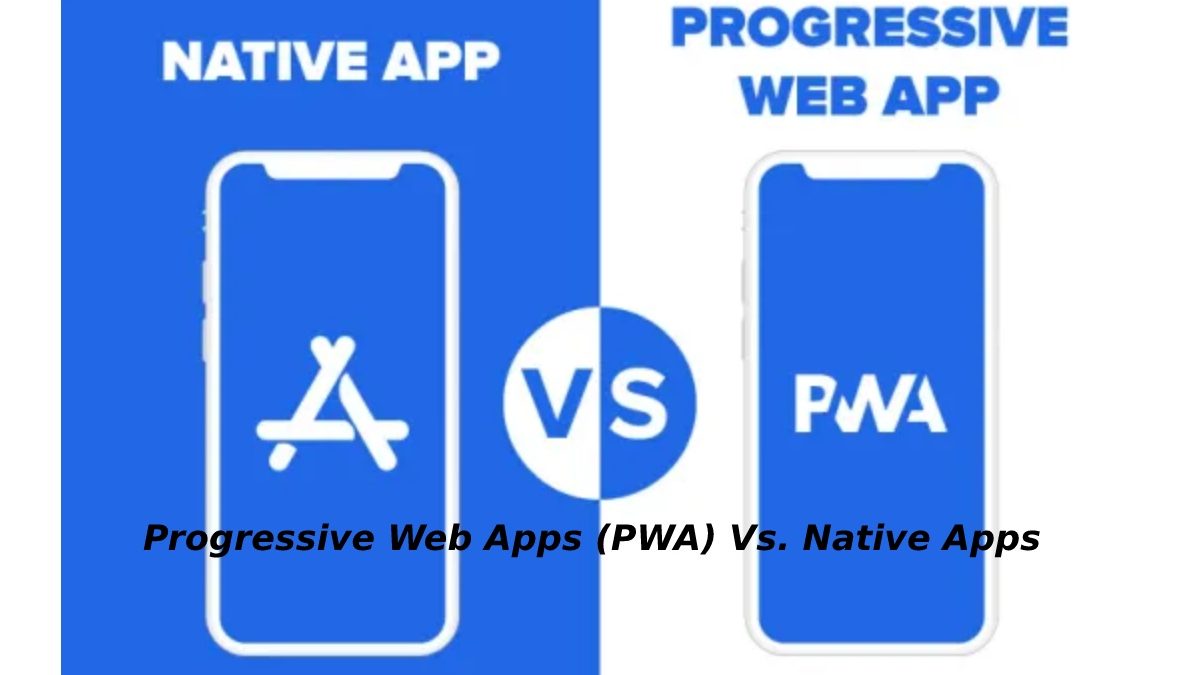Table of Contents
Introduction
While native apps are written to run on mobile devices, PWA is written to run inside a web browser. Native apps are developed with the programming languages of each platform (Objective-C and Swift for iOS and Java for Android), whereas PWA uses HTML, CSS, and JavaScript.
Cost of development: Lower cost for PWA
You need at least two versions for iOS and Android and the resources to maintain and update each version. Depending on the purpose and complexity of the app, this requires a lot of time and money.
A progressive web app is faster to build and update. You can have one single codebase for various platforms, not just the two popular platforms. Instead of developing an app from scratch, you can configure your current website with help from tools such as Google Lighthouse. With responsive design, you need one version of the app, and it will display identically on all devices.
Distribution: PWA takes the cake for convenience
You will have to pass specific requirements to get published with each of these stores. Sometimes you even have to pay a fee to register a developer account.
On the other hand, PWA bypasses the cumbersome App Store requirements. All the users need is a web browser and a URL. You can quickly deploy your updates without waiting for approval. It makes PWA much more convenient for both you and your users.
However, Web Stores are not all doom and gloom. The requirements prevent poor-quality apps from being published. Publishing an app can increase your reliability and give users more confidence to access your app rather than a URL link. Web Stores can also promote your business: featured in an App Store can provide you with a quick branding and sales boost.
Discoverability: ASO for native app and SEO for PWA
Native app pages cannot be indexed and listed in the search engine. Users can find your app through the app store or the app store’s website. Several factors influence app discoverability, and you can help people find your app faster with App Store Optimization (ASO).
ASO is the process of increasing your rank in store search results. It involves keyword research, writing a compelling title and meta description, taking good screenshots, using relevant categorization, reaching out to third parties for downloads and reviews, etc. However, these add extra time and cost to deliver your app to the market.
Unlike Native apps, PWA works like any website so that it can be indexed in search engines. PWA has increased performance and engagement compared to standard/responsive web pages, helping your website rank better in search results.
Here are some additional steps to make sure your PWA is SEO-friendly:
- Implement your SEO structure similar to your website;
- Use rel=canonical for multiple URLs to avoid duplicate content;
- Pay attention to URLs with “#” as Googlebot won’t index anything after the symbol.
- You can check if Googlebot is crawling your site correctly with tools such as Google Search Console.
Security: More Security Options In Native Apps
PWAs are more secure than standard web apps because they have to run under HTTPS.
These security protocols ensure that no client and server exchanges are tampered with. In a secure environment, customers can enter personal details and credit card information without worrying they might be stolen.
Compared to PWA, with a native app, you have the option to build in many security measures. If your app requires login, you can implement Multi-Factor Authentication. You can also use Certificate pinning for even more secure communication. In addition, users are more likely to trust an app than a URL. As it needs to pass the App Store’s security requirements before getting published.
Conclusion
Native app and PWA are two options to deliver a seamless experience for users with different strengths and weaknesses. Both are here to stay. And the choice between them should be made based on the goals and resources for your project.
At Magestore, we help merchants build their eCommerce solutions covering the PWA storefront and Magento mobile app. With our centralized solution, retailers can reach more customers and deliver a better shopping experience. You can also expand offline with PWA POS.


